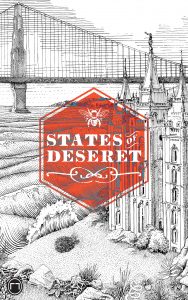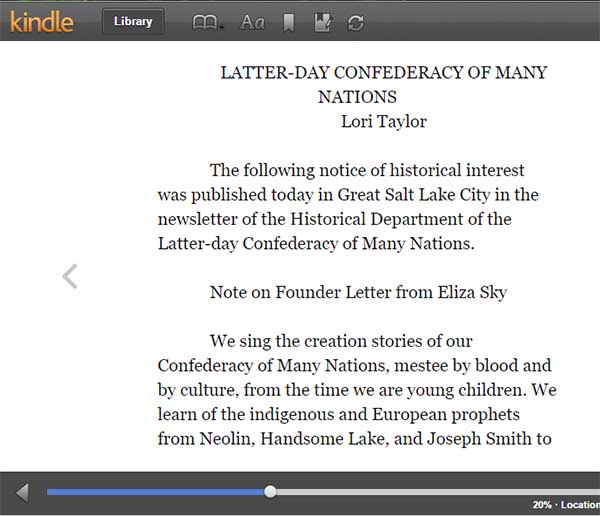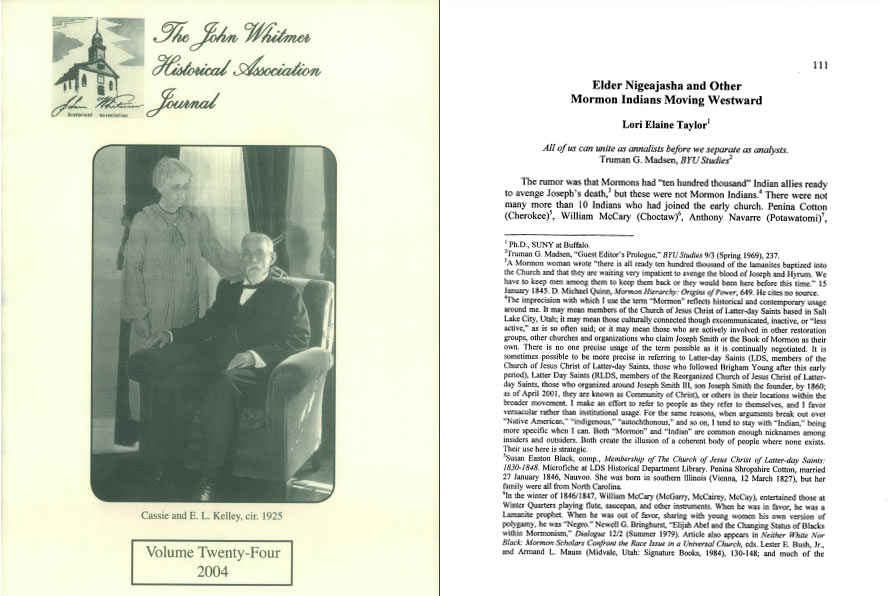 After a year of editing and organizing by William Morris of A Motley Vision and publication by Peculiar Pages, States of Deseret is now available. Eight authors contributed to this short anthology of Mormon alternate history.
After a year of editing and organizing by William Morris of A Motley Vision and publication by Peculiar Pages, States of Deseret is now available. Eight authors contributed to this short anthology of Mormon alternate history.
What if the territory of Deseret had never joined the Union and instead became its own nation? What if Leo Tolstoy or Nikola Tesla had converted to the LDS Church? What if Brigham Young had gone all the way to California instead of stopping in Utah? The genre of alternate history invites us to imagine how the past (and thus our present and future) would be different if different choices had been made. These eight stories provide glimpses at alternate historical trajectories for Mormons and Mormonism—of other states of Deseret.
My contribution, “The Latter-day Confederacy of Many Nations,” is a flash fiction, super short story consisting of one character, Eliza Sky, publishing a research note for her colleagues. I give you one page, then you, the reader, tell yourself the story in the jarring spaces.
Alternate history diverges from our world. I found that starting with a set of documents helped me see the other world more clearly. I chose to take as (mostly) history Martin Cruz Smith’s The Indians Won. He published this first novel in 1970. He wrote half of it in a weekend as his deadline crept up to slap him, so the execution tends to be sloppy. I read this as part of my doctoral work on Mormon fantasies about American Indians. In this case, Mormons joined with the native people who won the great war for the continent, and they formed a nation together in the hart of North America. I let this, together with the map for the opening sequence of the television version of Philip K. Dick’s alternate history The Man in the High Castle (in which the desert and mountains are a neutral zone between the Japanese Pacific States and the Great Nazi Reich), shape some of my assumptions about the shape of this alternate world.
My spending a decade in the early nineteenth-century with Mormons and Indians gave me a lot of background for the world of Eliza Sky. I have already written about issues and inaccuracies in published histories of this era, so anyone following both the history and the fiction has a chance—a small chance—of finding which details I know to be historically accurate even when they do not mesh with conventional accounts of the era. Maybe at some point I will make a list for you of the truths and fictions of The Latter-day Confederacy of Many Nations (LDC).
One crumb for now: I gave Eliza Sky a fellowship at the Smithsonian Institution in Washington, DC, because I worked at the Smithsonian myself. The more I keep familiar, the easier it is to focus on the divergent world.
I have not let go of Eliza or the way her world was shaken by her historical research. I continue to tell myself the rest of her story. Maybe I will tell you the rest of the story sometime.
In the meantime, you can buy the anthology, States of Deseret, and read “Latter-day Confederacy of Many Nations” and seven other alternate histories.

